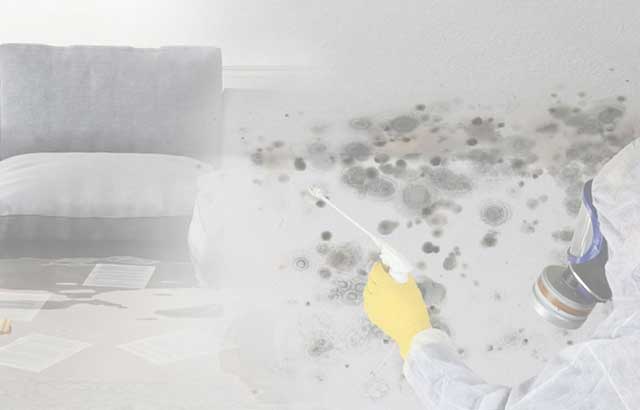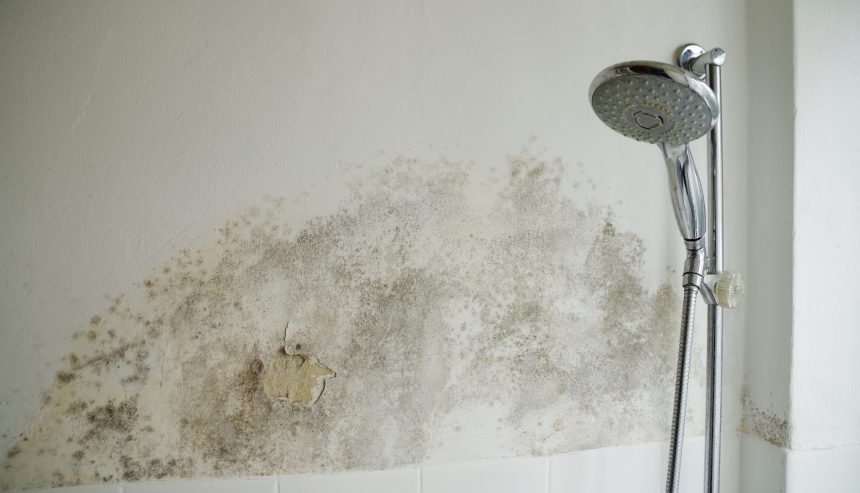How to Stop Bathroom Water Damage
How to Stop Bathroom Water Damage
Blog Article
What're your thoughts regarding How to Repair and Prevent Bathroom Water Damage?

The bathroom is very at risk for moist build-up and also possible water damage because of the frequent use of water in it. This write-up provides straightforward inspection techniques to assist detecting water damage threats.
The frequent use of water in the shower room makes it exceptionally vulnerable for damp build-up and also potential water damage. By checking it regularly, you can minimize water related damages.
The complying with collection of inspections is simple to do and also should be done when in every 3 months in order to maintain your bathroom in good shape and to avoid possible water problems caused by the bathtub, the shower, pipe joints as well as plumbing, sinks, closets, and the toilet
Do not overlook doing these examinations and also be thorough while performing them. Bear in mind that these basic examinations can conserve you a great deal of cash by giving early indications for water damage
Bathtub as well as Shower
The shower as well as tub need unique focus and also upkeep. Inspect the ceramic tiles and replace if cracked. See to it that there is no missing out on cement in between the ceramic tiles. Examine and replace cracked caulking at joints where the wall surfaces fulfill the flooring or the tub. Clogged drains and also pipes troubles will protect against the bath tub from drying and may suggest major issues below the tub. Speak with an expert right away to prevent structural damage. Take notice of stainings or soft locations around the tub walls as they might show an internal leak.
Plumbing
Signs for water damages are difficult to spot because many pipelines are mounted inside the wall surfaces.
Pay unique attention to floor covering and also wall surfaces wetness and also spots as they may indicate an undetectable plumbing issue. Inspect moisture levels in adjacent spaces also.
Sinks and Cabinets
Sinks and cabinets are exposed to dampness and moisture everyday and are frequently forgotten. Check on a regular basis under the sink as well as on the countertop over it. Repair any drip in the catch as it may suggest drainpipe issues. Look around the sink, slow-moving draining pipelines might indicate an obstructed drain. Replace sink seals if they are broken or loosened.
The Bathroom
The commode is a vulnerable water joint. Check the water lines and also search for leaks around the toilet seat, in the hose, and under the water container. If you detect any type of signs of wetness on the flooring around the toilet, look for leaks in the toilet rim and also container seals.
Be aware that hanging toilet dish deodorants raises the opportunities for obstructions.
Water Damage Signs In The Bathroom To Avoid Cleanup
Musty smell
This is one of the easiest signs to catch because musty smells are so odorous. The damp, earthy, moldy smell should be a big red flag. The smell will develop when moisture gets trapped in surfaces, and begins to facilitate mold growth. Leaking pipes under cabinets, inside walls, and behind shower fixtures will cause moisture to stay trapped and not dry, which will lead to mold growth and spread. As soon as you notice any musty smells in your bathroom, have it checked for hidden water damage and cleanup signs.
Visible mold
If the smell isn’t there to give it away, sometimes you will actually see mold growth. Finding mold in your bathroom is a serious problem, because mold is very harmful to your health. By the time mold growth is visible, it also means that water damage has already occurred and been present for some time. The only way the mold problem can be resolved is to find the source of the moisture and get it stopped. To safely and adequately remove mold, you need to have professionals handle the remediation. Do not waste any time in getting mold problems addressed, fixed, and sanitized so that you can protect you and your family from the many respiratory symptoms caused by mold exposure.
Damaged floors
Bathroom floors should be able to withstand some exposure to water while still remaining in good condition. However, when excess exposure or water leaks occur, they will begin to damage even the most water-resistant flooring. If you notice any cracking, bubbling, staining, or warping on your bathroom floors, there is probably a water leak somewhere causing the distortion. If you notice areas of the floor have become softer, or even have a spongy feeling, there is probably damage to the subfloor. Subflooring is typically made up of plywood. When plywood is exposed to water or moisture, it will absorb it. Once it has become saturated, the weight of the excess water will cause the wood to swell and soften. Check the floors in your bathroom frequently to catch any of these sings before they lead to damaged subflooring.
Changes on walls
When water leaks behind walls, it will cause changes in the drywall. Peeling plaster, blistering paint, and soggy wallpaper are all good indicators that excess water is building up behind the wall. Water leaking behind drywall will cause it to swell and be soft to the tough. If you start to notice gaps along the trim of your walls, or where tile meets the wall, it could also be a strong indicator that there is a leak behind the wall. Any changes, distortion, or damage on the walls should be evaluated as soon as you notice it to prevent further water damage and cleanup.

I have been very eager about How to Repair and Prevent Bathroom Water Damage and I hope you appreciated the entire blog posting. Do you know somebody who is inquisitive about the niche? Do not hesitate to share it. We enjoy reading our article about Looking for Signs of Water Damage in the Bathroom.
Check It Out Report this page